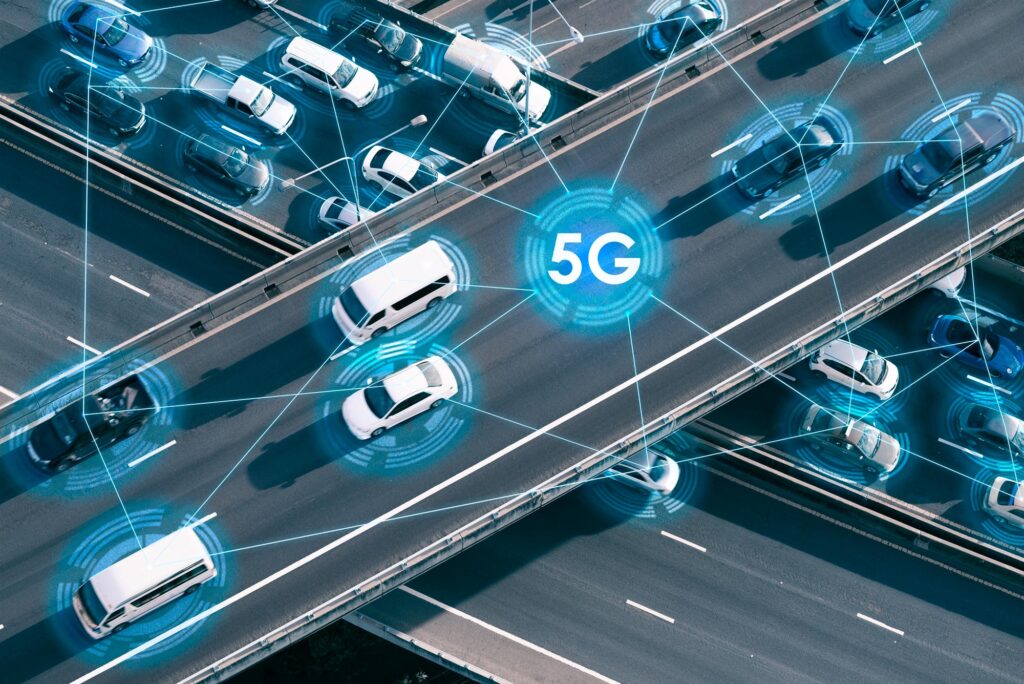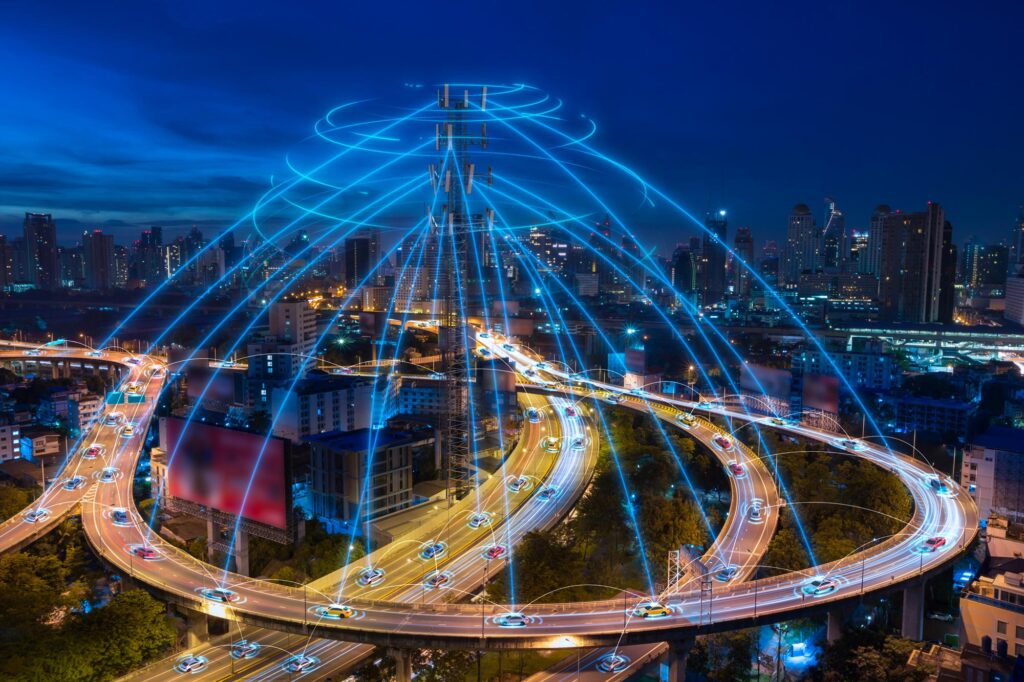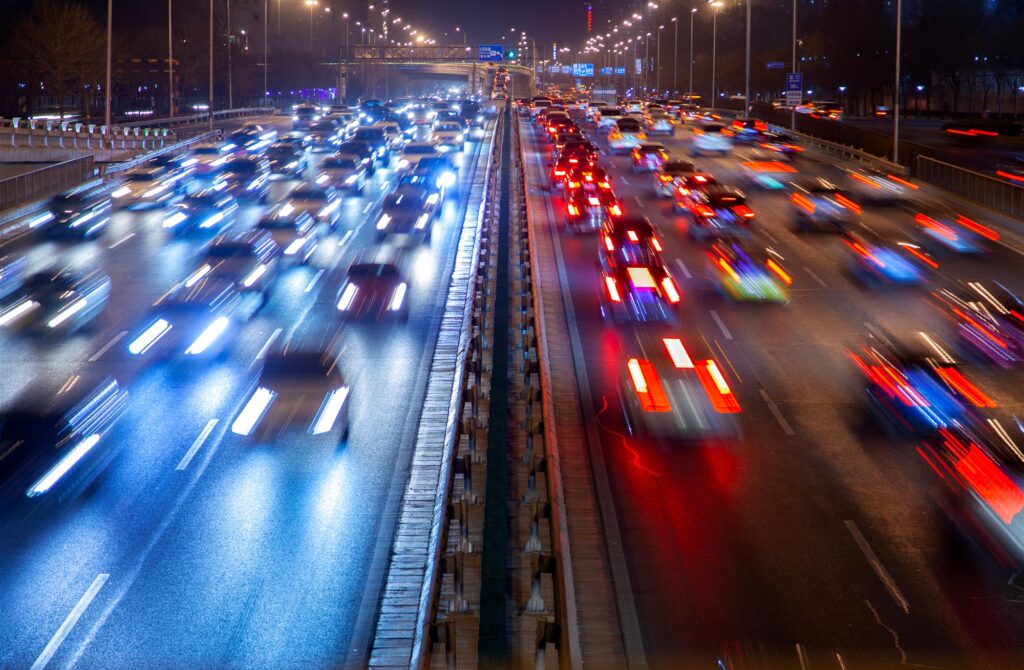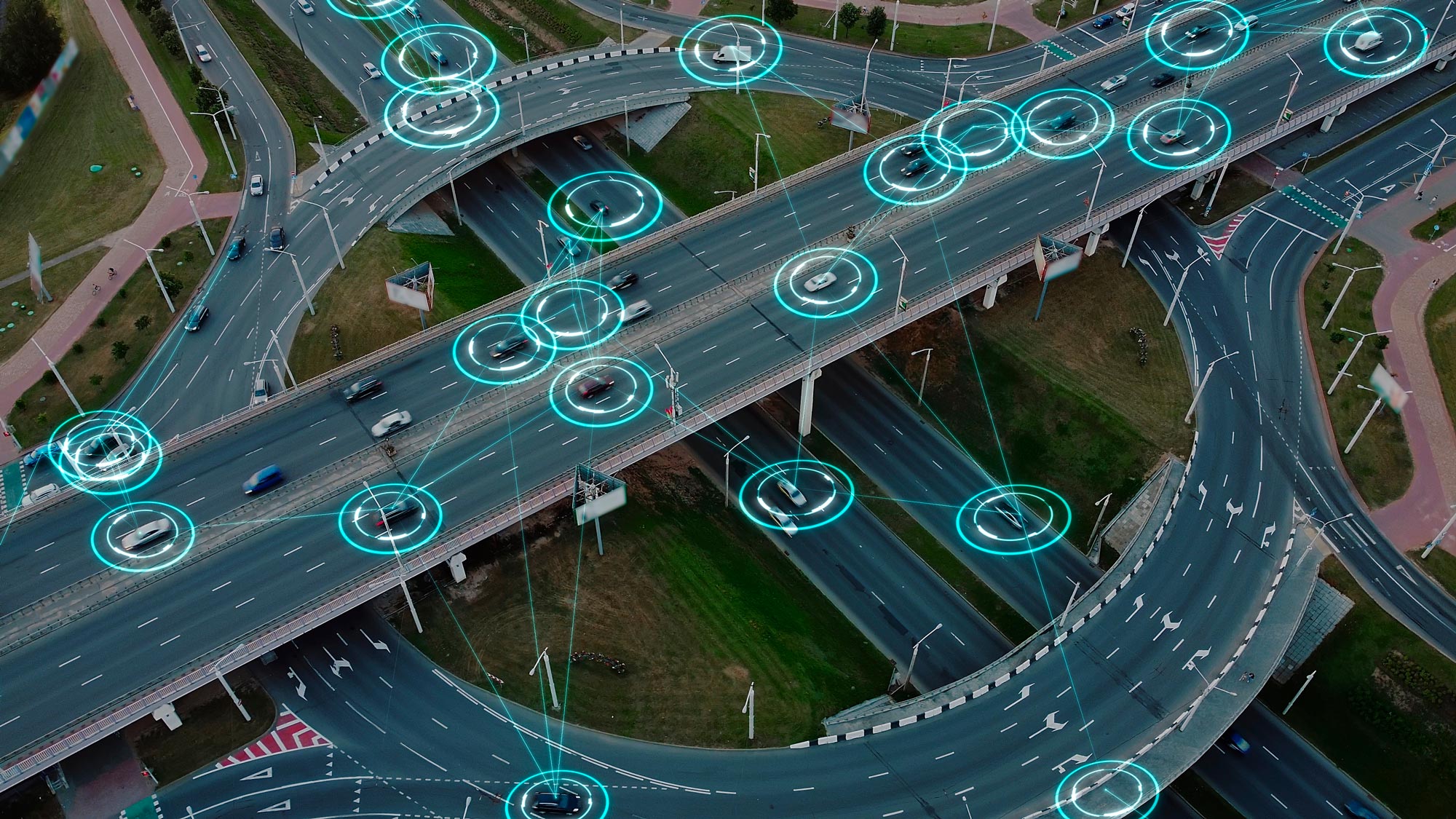
C-ITS Connected Cars
Infrastructure-to-Vehicle (I2V) and Vehicle-to-Everything (V2X) communication, for a new travel experience.
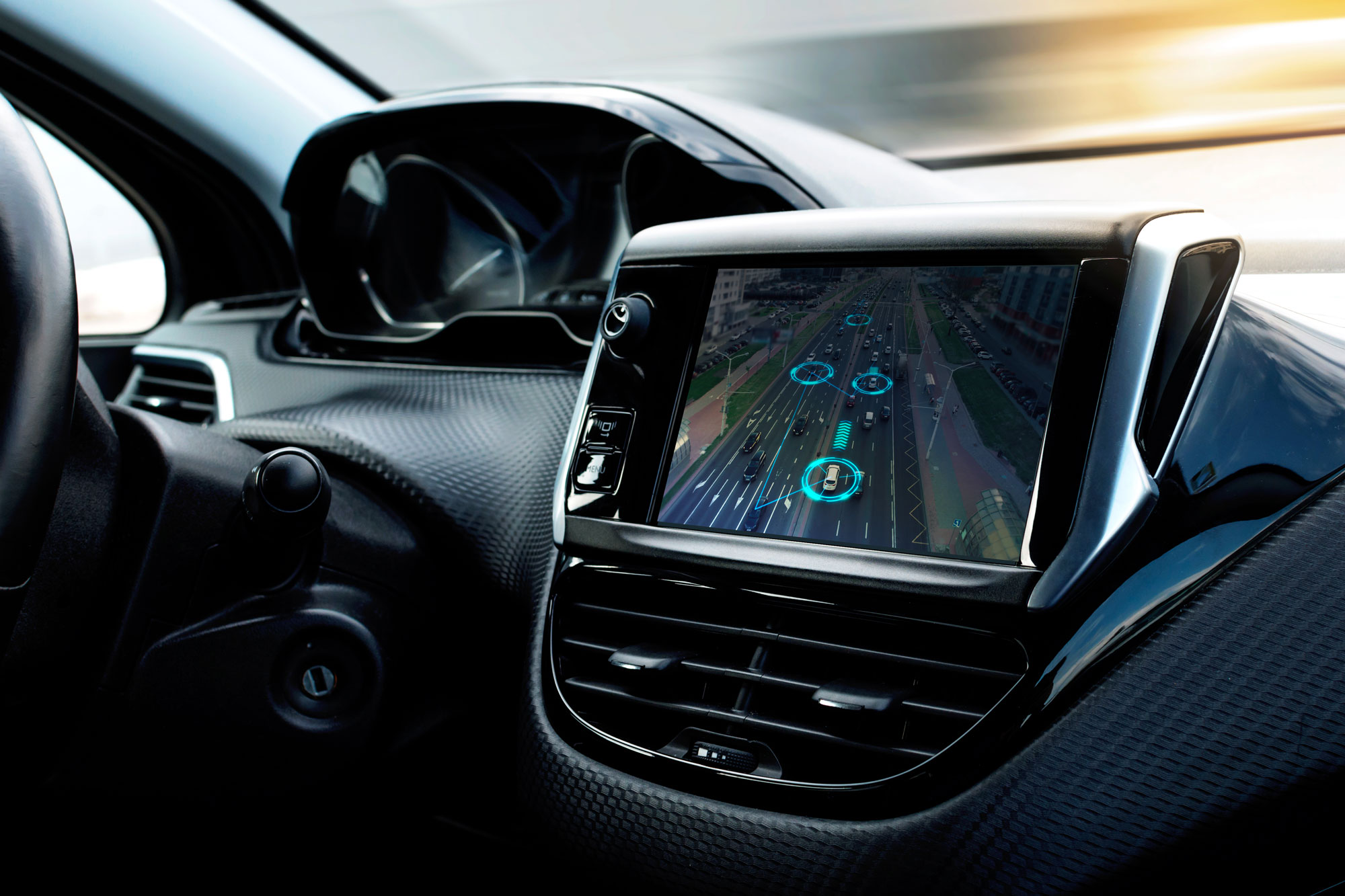
On connected infrastructure, roads and vehicles now talking to each other
Digitalization of infrastructure assets will lead to increasingly widespread information exchange between infrastructure and vehicles, and among vehicles. In the initial stage, this dialog will take place mainly as I2V (Infrastructure-to-Vehicle), and then evolve into V2X (Vehicle-to-Everything), allowing communication among vehicles, road infrastructure and any other element that may be part of the interconnected system.
Movyon’s goal is to give freeway operators an active role in developing autonomous driving, so that the road infrastructure can amplify the ability of vehicles to receive and return information, in addition to the information that can be processed by its on-board sensors, with the aim of raising safety and sustainability levels.
The cooperative technologies developed by Movyon enable communication between vehicles and the infrastructure (V2I), exploiting antennas arranged along the freeway to interface with devices on board the vehicles and with traffic control centers. This system allows vehicles to receive information such as the presence of construction sites, queues and accidents, while the infrastructure collects real-time traffic data from vehicles, and then returns it to the traffic monitoring centers.
Antennas are also used to improve precision positioning to ensure that vehicles are always able to maintain the same level of driving automation, a crucial safety-related aspect, especially in areas with poor or no GPS signal (such as tunnels).
Regarding autonomous driving, Movyon collaborates with several research institutes. With the Politecnico di Milano in particular, it has initiated several projects for testing advanced technologies on specially designed autonomous vehicles.
The most recent testing projects include those carried out in open traffic for the purpose of collecting information to verify how the vehicle “reads” the infrastructure, with a particular focus on horizontal and vertical signs. This serves to identify the technologies and actions needed to optimize interaction between vehicles and infrastructure.

Advantages for managers and for drivers
MOVYON innovation on board the solution

Successful Projects
Here you can take a look at a selection of our most significant projects and find out how we have helped meet our customers’ needs innovatively and efficiently.
